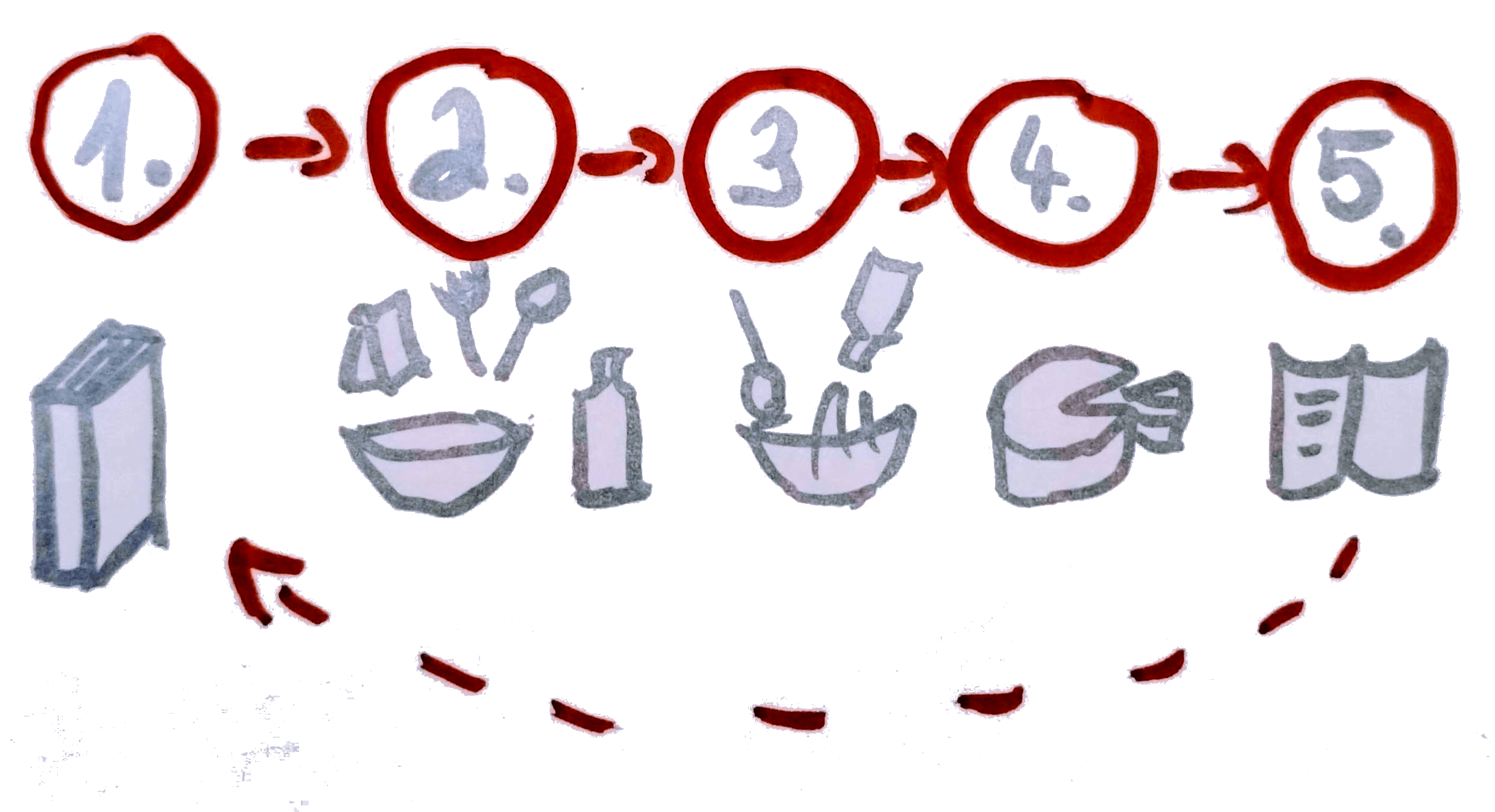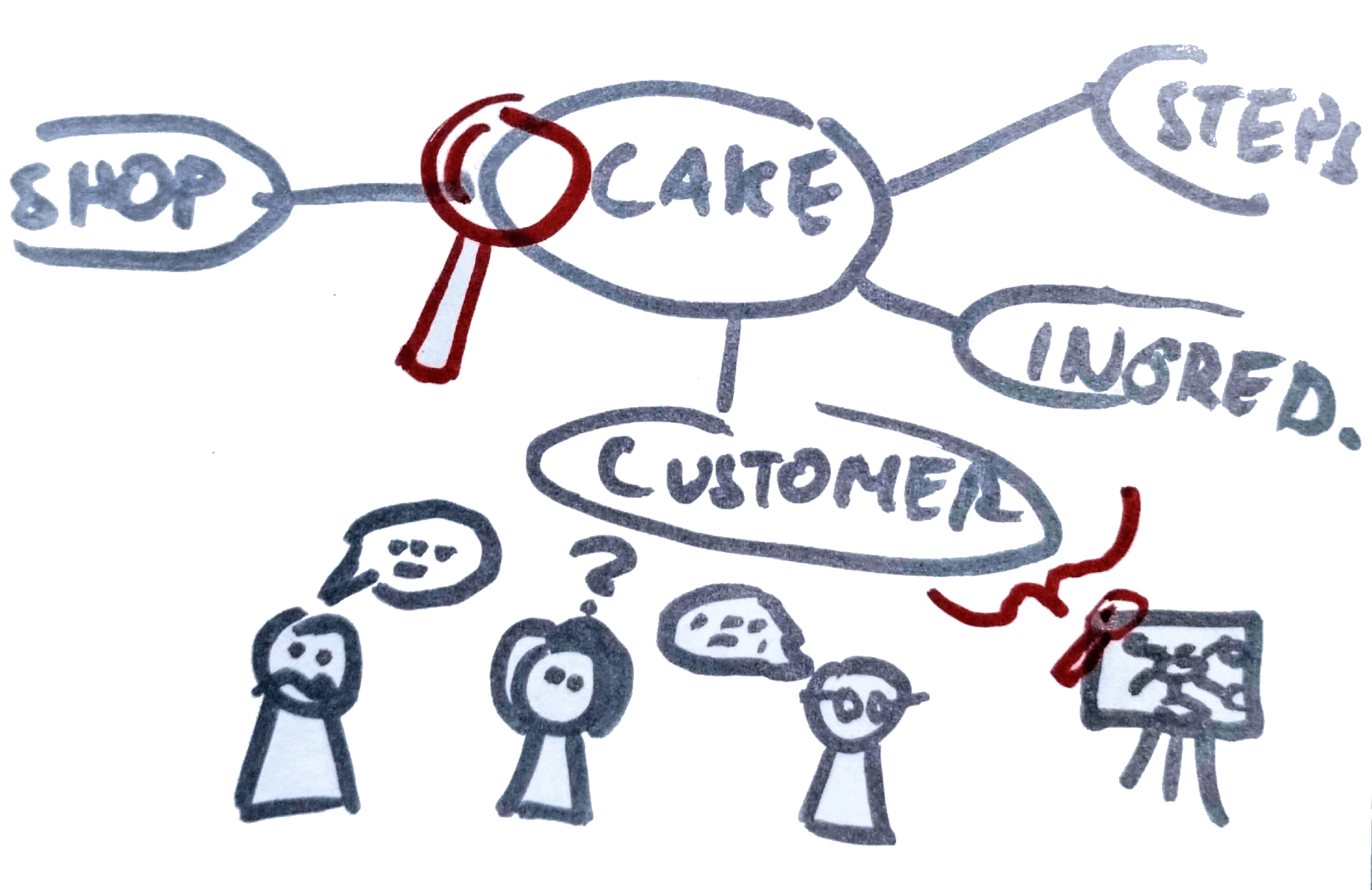
Below you can find all “In short” notes from all published articles.
💡 What is content modeling? In short:
- A content model consists of:
- Highly structured content types
- Relationships between content types
- Metadata, taxonomies assignable to content types
- A content model also includes the way how content is crafted, the assembly model
- Content modeling is the process of creating a content model and I strongly suggest to include a wide range of stakeholders and to do it collaboratively
💡 How does content modeling look like? In short:
- Get a representative of each role, project sponsors, undecided into a meeting
- Get everyone’s buy in by looking at how a good model would simplify their day-to-day tasks
- Discuss items you agree on, company goals, customer goals
- Agree on core content and list it
- Link content types
- Assign and test if proposed taxonomies and content types would help you to discover content you now struggle to find in your current setup
- Break down bigger content types into smaller ones where needed
💡 What to include into a content type? In short:
- Remove unnecessary content (formatting, layouts, superfluous information)
- Check related content pieces to identify repeated content – that’s the most useful content you have, remove the rest
- Slowly re-add supporting content
- Add relationships, links, tags and metadata
- Think about the users of the content model
💡 When to stop breaking down your content types (chunking)? In short:
- Use taxonomies to determine if a content type should be chunked (broken down) further
- Create a universally usable content type for reusable chunks
- Combine content types if the mostly share the same metadata/taxonomies
- Simplify content creation for editors
💡 How to make your reusable content discoverable? In short:
- Difficult to search and discover content causes content friction
- Supporting taxonomies and metadata should add to the content itself, not duplicate it so you expand the terms under which it can be discovered
- Start collecting terms now by noting down instances, when you struggle finding content. Note disown terms, which you used to search for it.
- Group collected terms into logical taxonomy groups
💡 How to create a content type for a page? In short:
- Don’t model pages, model objects
- Structure your objects sufficiently
- Try to replace pages with topics and view them as one possible presentation
- Topics (pages) are representing the relationship of the content pieces on them
💡 How to identify your core content for your content model? In short:
- Core content is content that is most important to your business
- Core content is content that is most important to your customers
- Everything is easier if you know your important taxonomies


